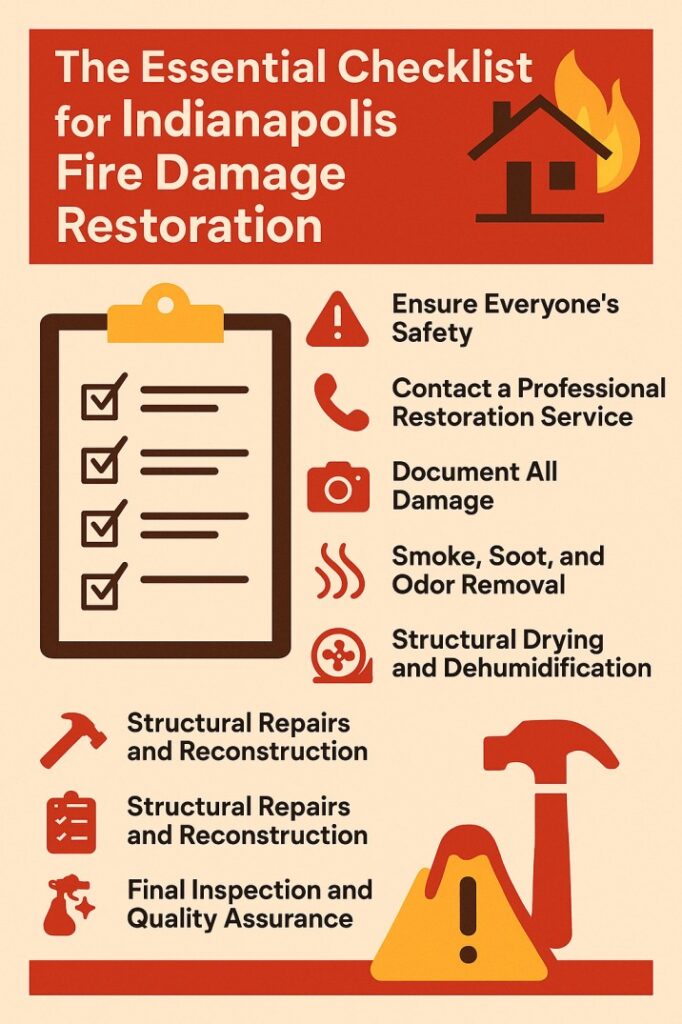Keeping babies warm is a no-brainer—but keeping them dry? That’s the tricky part. Tiny feet and hands, wrapped snugly in newborn socks and mittens, may look picture-perfect, but if those layers don’t manage moisture well, it’s a recipe for discomfort (and cranky cries no one wants at 3 AM).
Let’s face it—babies sweat. Even though they’re small, their bodies are still working hard to regulate temperature. And when you wrap those sweet little fingers and toes in fabrics that trap moisture, things get clammy fast. That’s why moisture-wicking materials aren’t just for athletes—they’re a quiet hero in the world of infant wear.
Why Moisture Matters More Than You’d Think
Imagine wearing damp gloves on a chilly day. Not cozy, right? Now imagine your newborn’s delicate skin dealing with that kind of dampness all day long. Their skin is far more sensitive than ours—more prone to irritation, chafing, and rashes. Moisture buildup inside mittens and socks doesn’t just make babies uncomfortable—it can become a breeding ground for bacteria and even fungal infections. Yikes.
That’s where moisture management steps in. The right newborn socks and mittens aren’t just soft—they help keep moisture moving away from the skin, not trapped against it. Think breathable, natural fibers that offer insulation without locking in sweat. Merino wool, bamboo blends, and advanced cotton weaves are often the go-to choices for this very reason.
How Good Mittens and Socks Handle Sweat (Yes, Babies Sweat)
Good moisture management works in three ways:
- Absorption – pulling sweat off the skin.
- Evaporation – allowing it to dry quickly.
- Ventilation – letting air flow so the skin can breathe.
Newborn socks and mittens that nail all three are like a cozy forcefield against irritation. Breathable weaves help, but fit matters too. Too tight? You get reduced airflow. Too loose? They fall off and your baby ends up chewing on a soggy sock. (It happens more than you’d think.)
That’s why smart design is everything—seamless stitching, gentle elastic cuffs, and a snug-yet-stretchy shape that stays on without cutting circulation. Some brands even double-layer the fabric: the inside pulls moisture away, and the outer layer helps it evaporate. Clever stuff.
The Real-World Impact for Parents
Let’s talk practical. Ever had to wrestle your baby out of damp mittens while they’re mid-nap? It’s a lose-lose. Parents need gear that works with them, not against them. Moisture-managing fabrics cut down on the need to change layers constantly, which means fewer outfit changes, fewer wakeups, and far fewer tears. (Theirs and yours.)
Some parents swear by wool-mix infant accessories, others prefer bamboo blends—either way, the best newborn essentials today focus on comfort and performance. Because honestly, when babies are warm, dry, and irritation-free, the whole household breathes easier.
Bonus Tip: Pair Smart Layers Together
Socks and mittens are just the beginning. Wrap your little one in moisture-wicking layers from head to toe. Pair their breathable mittens with stretchy swaddle wraps made from similar fabrics. That way, you’re not just managing moisture on their hands and feet—you’re creating a full-body comfort zone. And if that swaddle moves with them (and doesn’t ride up or bunch)? Even better.
So, What Should You Look For?
- Natural fibers like merino wool or bamboo
- No harsh seams or tight bands
- Quick-drying and breathable fabric blends
- Stretchy but secure fit (especially around wrists and ankles)
- Anti-bacterial or hypoallergenic properties
Oh—and one last thing. If your baby has sensitive skin, skip the flashy prints and opt for undyed, chemical-free options. Sometimes simpler really is better.
In the world of baby clothes, it’s easy to get caught up in looks. But when it comes to newborn socks and mittens, functionality quietly steals the show. Good moisture management might not make headlines, but it can mean the difference between a fussy baby and a peaceful nap.
And trust us—when you’re knee-deep in the newborn phase, peaceful naps are priceless.









